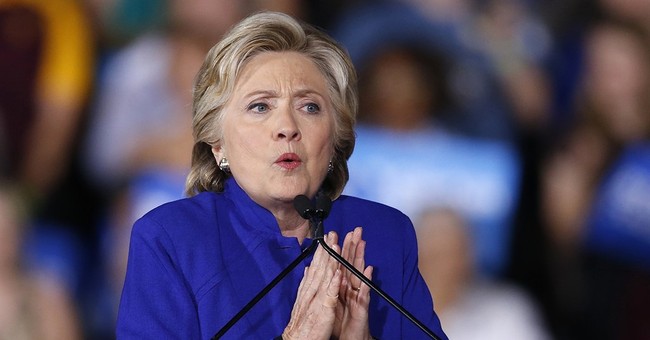How Democrats Promote Poverty and Inequality

Since Ronald Reagan, successive presidents have built out the social safety net, and made it more susceptible to abuse. For example, about one in five working age adults receive social security disability benefits, more than double the 1990 rate, even though we now live healthier, longer lives.
As government transfer payments as a share of household income have increased, growth and jobs creation over successive economic expansions have slowed and the middle class is shrinking.
Anemic growth has many sources—declining trade competitiveness vis-à-vis China and chronic shortages of skilled labor, which make implementing the latest technologies difficult for business. However, government policies contribute importantly too.
Greater emphasis on income support and health care programs in federal and state budgets to placate frustrated voters have curtailed public support for basic research at private and university laboratories, and squeezed funding for colleges of engineering and technical training at community colleges and high schools.
Businesses are increasingly establishing their own training programs or subsidizing those at community colleges but public schools place too much emphasis on diversity and social issues in the curriculum. Consequently, about 40 percent of high graduates lack math and other skills needed to succeed in these programs.
All contribute to income inequality and poverty, but state and local governments are doing even more damage without any prodding from Washington.
Tough land use regulations intended to gentrify and preserve the charm of prosperous cities like San Francisco and New York severely limit new residential construction and discourage migration of workers from less prosperous areas by jacking up land values and rents.
In 2014, after the Congressional Budget Office estimated President Obama’s proposal to raise the federal minimum wage to $10.10 would kill about 500,000 jobs, states like New York and California pushed those up even further.
No small wonder, even as the recovery has continued to limp along, new jobs created are down in 2015 and 2016.
All serve to depress wages and make poverty more difficult to escape these days, even for many who attended college, and income inequality is worse today than before the financial crisis.
To compensate, Mrs. Clinton proposes new subsidies for child care, to finance health insurance premiums and other social programs but just the entitlements currently in place discourage working families from improving their lot by accessing training or seeking additional employment.
Programs like the earned income tax credit, Medicaid, food stamps and Obamacare assistance for purchasing health insurance are means tested and phase out as income rises, imposing on many lower and middle income families effective marginal tax rates as high as 50 to 80 percent. Adding to these benefits, as Mrs. Clinton prescribes, would only worsen the problem.
Genuine tax reform—for example, replacing the income tax with a value added tax and providing each adult and child a fixed federal payment to eliminate the spider’s web of entitlements—would fix the problem. No one would be penalized for improving their skills, working harder and smarter and increasing their incomes.
Mrs. Clinton is uninterested in such solutions. Those would break the chains of dependency between struggling low and middle income voters and Democratic politicians who champion the opium we call the welfare state
No comments:
Post a Comment